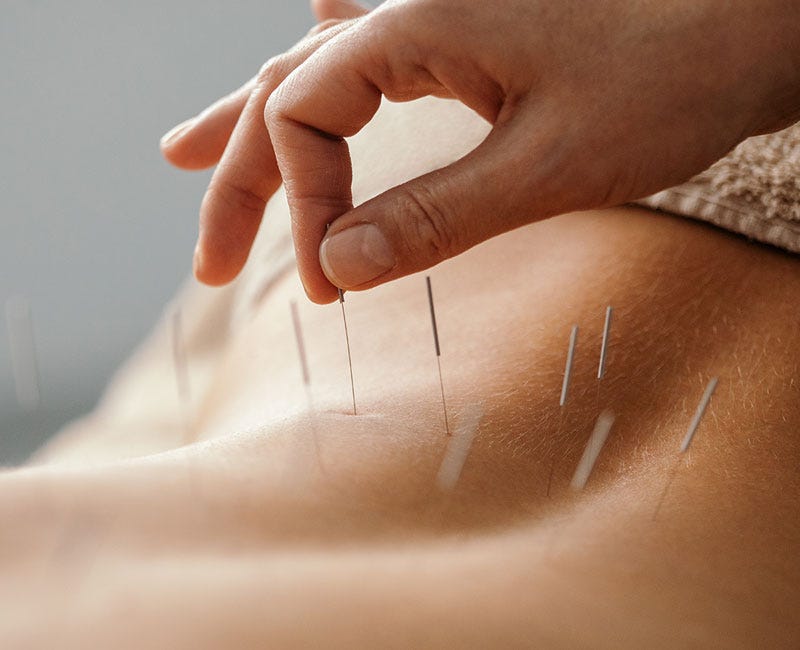What Is Acupuncture?
Written by Shrishti Harish
Introduction
Acupuncture is an ancient Chinese medicine system that involves inserting thin needles into specific points on the body to balance the flow of energy. It has been used in China for over 2,500 years. This article discusses the principles of acupuncture, its benefits, and risks.
Principles Of Acupuncture
Traditional Chinese medicine describes acupuncture as a healing system to balance the life force known as Qi(pronounced “chee”), which is said to flow through pathways (meridians) in the human body. Qi encompasses both physical and non-physical aspects of the body and influences functions such as warmth, and movement, and defends against pathogens. When Qi flows freely through the meridians, the body is in a state of balance and good health. However, when there is an imbalance of Qi, it manifests as an illness or pain.
The human body has 12 meridians that correspond to specific organs such as the heart, lungs, and stomach. Each meridian has its pathway and has hundreds of acupuncture points. Each acupoint has a specific function that contributes to the flow of Qi in the body. By stimulating these points with needles, acupuncturists aim to restore balance and harmony to the body's energy flow.
Another fundamental principle of acupuncture is the concept of Yin and Yang. It describes the opposing but interconnected forces in the universe and the body. Yin is associated with feminine qualities such as darkness, and cold, while Yang represents masculine qualities such as lightness, warmth, and activity. This is implemented into acupuncture to balance the yin and yang energies in the body to treat pain and promote overall health. It is accomplished by using combinations of acupuncture points and other techniques to target specific imbalances.
Benefits
Studies have shown that acupuncture stimulates the release of endorphins; pain relieving chemicals and influences the blood pressure and heart rate. It is very effective in treating arthritis. Continuous sessions of acupuncture have been shown to improve the physical function of the knee and decrease knee pain.
Furthermore, it is extremely effective for treating headache pain including migraine and tension headaches. Research shows that acupuncture was able to reduce the frequency of migraine symptoms and pressure.
Risks
Acupuncture is generally a safe procedure as long as a trained professional does it. However, there have been instances where complications have arisen due to a lack of hygiene and improper techniques. A potential risk is when there is an accidental puncture of internal organs. This can happen when the needles are placed incorrectly or inserted deeply.
Additionally, some people may experience side effects such as soreness, bruising, and bleeding at the needle sites. It is not recommended for people to try acupuncture if they have bleeding disorders or are on blood thinning medications. It is always advised to consult with your healthcare provider before undergoing acupuncture.
References
https://www.verywellhealth.com/acupuncture-health-uses-88407
Written by Shrishti Harish from MEDILOQUY


